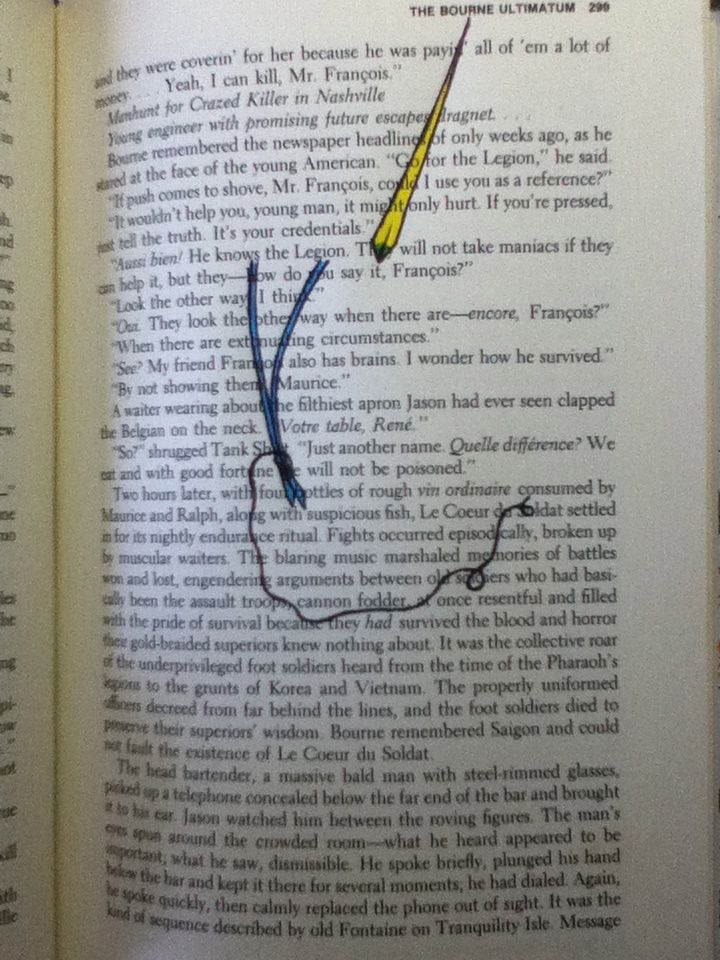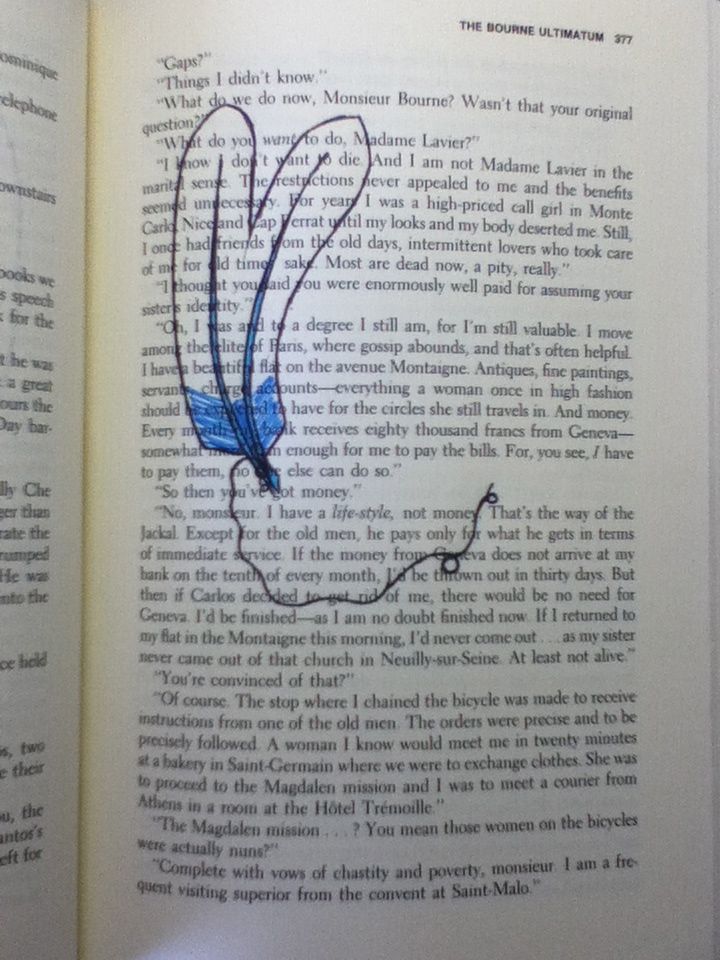Hurricane Sandy
Here I will share with you readers my thoughts on current happenings within my Art & Tech class, and any related events. I will also be following up with assignments and posting here accordingly for them. Hopefully I manage to carry through properly, as this is my first blog, heh.
Tuesday, October 30, 2012
Wednesday, October 24, 2012
Pixels
Hoopla (my character)
I'm quite well-versed in the world of creating images via simple pixels. I take commissions for people to draw their animal characters, and have done quite a few pixels. They're frustrating, simply because it's rather difficult to get a nice smooth curve or flow of color with mere boxes, but I'm still working and practicing on them.
Gianna (my character)
Madeline (not my character)
However, there are artists out there who have begun to master the way of pixel art. Below is a picture drawn by an artist named Arkyls, and it was a gift bought by another artist for me. The art is of my mascot character, Chicago.
Wednesday, October 17, 2012
Video Games & Violence
VIDEO GAMES = VIOLENCE?
For years there's been a controversy on whether or not the violence in video games transfers over to real life through the people (especially children) who play them. Parents argue that their children's innocence is at stake when they're exposed to such graphic and life-like violence. Their sympathy dwindles as they're encouraged and promoted to kill and physically beat their opponents in the games. Plus, seeing as the kids are spending so much time in front of the television and video game, itself, they're lacking in crucial social skills to help develop the respect for others, possibly contributing to a risk of social outbursts and violence.
Video game companies defend themselves with the ideas that their games are too unrealistic in the sense that what is achievable in the game is impossible in real life, therefore forcing the player to realize the distinction between reality and game. Other arguments have been made that it is up to the parents to help their children acknowledge the difference between real life and its expectations and fantasy worlds.
Monday, October 15, 2012
The Macintosh
The Apple Macintosh was first introduced and released to the public in 1984 as a compact personal computer for its users.
I have had one of these Macintoshes since I was a kid, and frequently used it to play Puck and Invaders and various other games. Its screen is very pixelated and is in black and white. It seems extremely primitive when compared to the computers we have now-a-days, so it's hard to imagine that it was high-tech back in the '80s.
The mouse only has one clicker, and the keys on the keyboard stand up tall and are very loud.
The Apple logo on this computer is in the rainbow coloring.
Behind "Apple"
There have been countless rumors as to how the company Apple Inc. received the name, "Apple". All center around Steve Jobs and his ideas or random thoughts. One of the rumors consists of having Steve Jobs being on an all-fruit diet at the time, and so he found the name Apple to be fitting. Other stories are those where the company members were spitballing different names, and none of them satisfied Steve Jobs.
However, he ended up choosing the name Apple because he - as was rumored - was on a fruit diet in an apple orchard. It was a simple name that was aesthetically pleasing to the ear and eye, so he went with it. However, seeing as the Beatles were also using this name for their record labels, there was a legal issue. Steve Jobs went to court and paid the Beatles over 25 million dollars for the rights, and thus Apple was born.
Wednesday, October 10, 2012
Ray Kurzweil
Ray Kurzweil is a well-known author, inventor, and futurist. His creative mind allows him to productively make estimations regarding the progression of technology and mankind.
He has several books published, such as The Art of Intelligent Machines. This particular book was widely recognized for its outlook into the history of computer technology, and Kurzweil's expectations of where its progress may lead us. In fact, this particular book received and award for the Most Outstanding Computer Science Book in 1990.
Kurzweil takes a profound interest in futurism and nanotechnology. He has taken a stand for nanotechnology with the belief that further interest and exploration of the science could help diminish and even completely eradicate certain global issues such as poverty, disease, and climate change.
He has a strong interest in the progression of technology and computers, stating that their development will rise exponentially - meaning that instead of a steady rise in technology, there's a progressively steep increase in its development.
Ray Kurzweil has worked together for various projects with NASA, Google, and numerous universities across the country.
Flip book Animation
My animation was an abstract idea of how to create this tattoo idea I've had in my head for years. I had a calligraphy pen sneak in from the corner to drop some ink, which splashed as it hit the "ground". From there, bits of the splash morphed into a needle, and the other bits morphed into the thread which looped around and through the eye of the needle. Eventually the needle moves up and off the page, dropping the thread to curl around and knot itself. A feather comes swerving in, turning into a snake that curls itself around the thread before turning into a quill. The quill moves up to reveal the quills of two feathers. Eventually the feathers reveal itself and color themselves, too. And at the end I have the word "Fly" appear.
Wednesday, October 3, 2012
"War of the Worlds" - broadcast
On the day before Halloween in 1938, CBS aired a broadcast program named War of the Worlds - a program whose plot depicted a Martian invasion of earth. Due to several unforeseen factors, over a million Americans were sent into a panicked frenzy.
A series of tension and anxiety had escalated since the beginning of World War II, and with the grave tone the narrator used on the radio, many people were led to believe the story he told. 1.7 million people believed the tales being told of how Earth was falling victim to invaders from Mars, and the majority of them took action by packing their belongings fleeing their houses. Riots of fear struck towns and roads. Countless calls and concerns were dialed into the CBS headquarters and police stations, the citizens desperate for answers or anything to calm them down. Ironically, the vast amount of incoming calls short-circuited phone lines, leaving people unable to call anyone for any answers at all. This only fed the panic, as the fearful thought this the work of the Martian invaders.
For weeks on end, the newspapers fed off the effects of the scare, while CBS was defending itself against flustered listeners. Numerous lawsuits were filed, though only one made it through - a man insisting to be paid back for using his shoe money in order to escape from the invasion. Formal and informal apologies were broadcasted, and the usage of "We interrupt this program..." was unofficially banned from clearance, since its "dramatic effect" was too powerful.
Monday, October 1, 2012
Earthquake!
EARTHQUAKE - 1974
I was formally instructed by my parents when I asked them about this movie to say that "they're too young and hip to remember such an old movie", haha.
Anywho, this movie was very important and memorable when it came out, because it used and manipulated the atmosphere within the movie theatre to really envelop the audience. The deep base sounds and sound effects were emitted through speakers on the floor, causing the ground to feel as though it were shaking - which was important since the whole movie was centered around a massive earthquake. This was a new experience that ended up catching many people off-guard, and led them to panic in fear of a real earthquake occurring during the film.
A new sort of "special effects" was also introduced with this film, where pristine, exact scale versions of the cities were used when it was needed. In order to really make it look like the city was being torn to bits by the shaking, without actually destroying an actual city, a small-scale 3D model was built and reverberated to the point where it crumbled the way it would've should it have been real. This helped the audience really get fascinated and struck in awe by the magnitude of what was happening in the film.
A Clockwork Orange - Singing in the Rain
In "A Clockwork Orange", the song "Singing in the Rain" is used several times, and when I was looking around to find why this song in particular was sung and used in the background, I came to the same general consensus each time. Apparently the only song that actor McDowell knew all the lyrics to when director Kubrick told him to sing a song. I find it amusing that a song was chosen on such a whim like that, instead of some deep meaning or symbolism. But, the movie is still interesting even with this song.
Subscribe to:
Comments (Atom)














